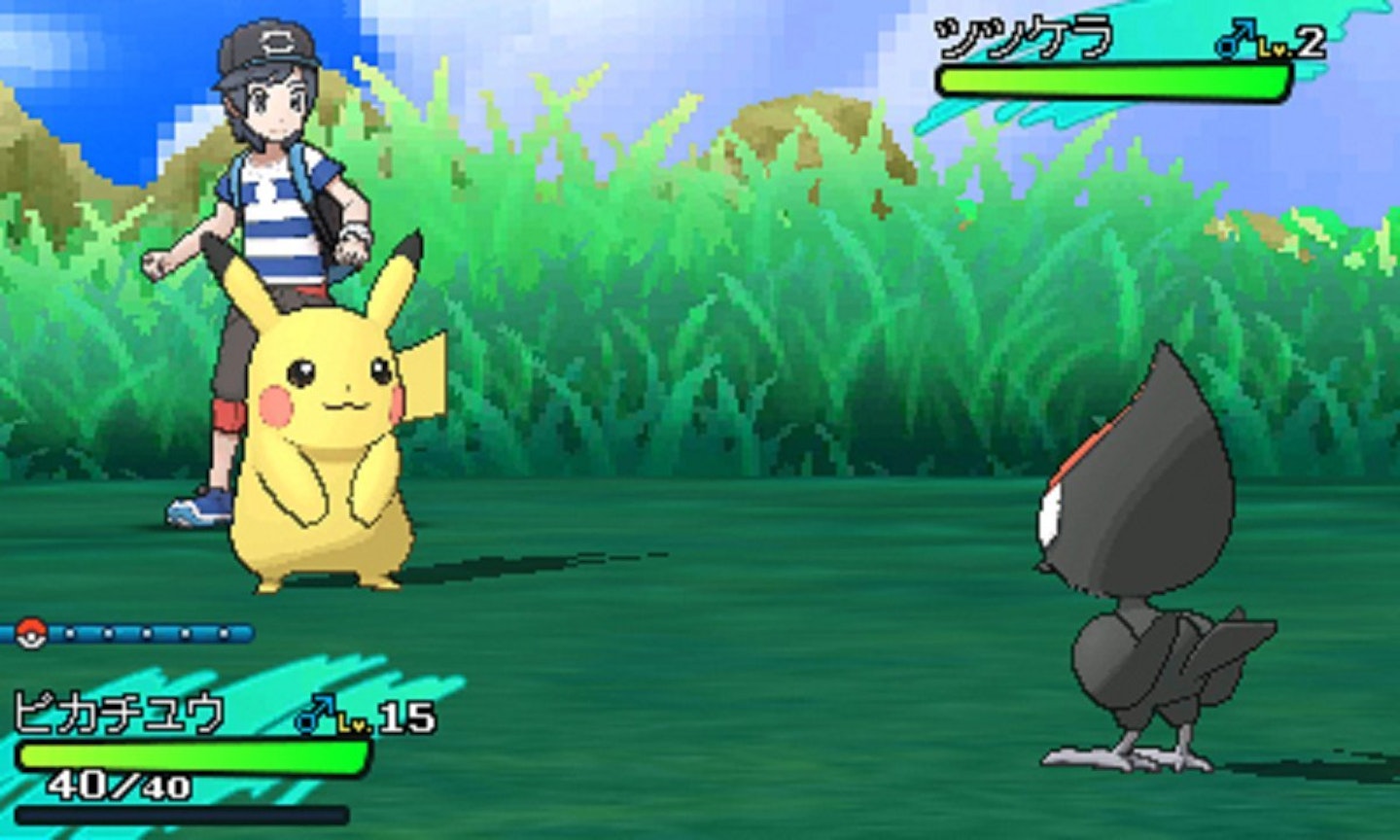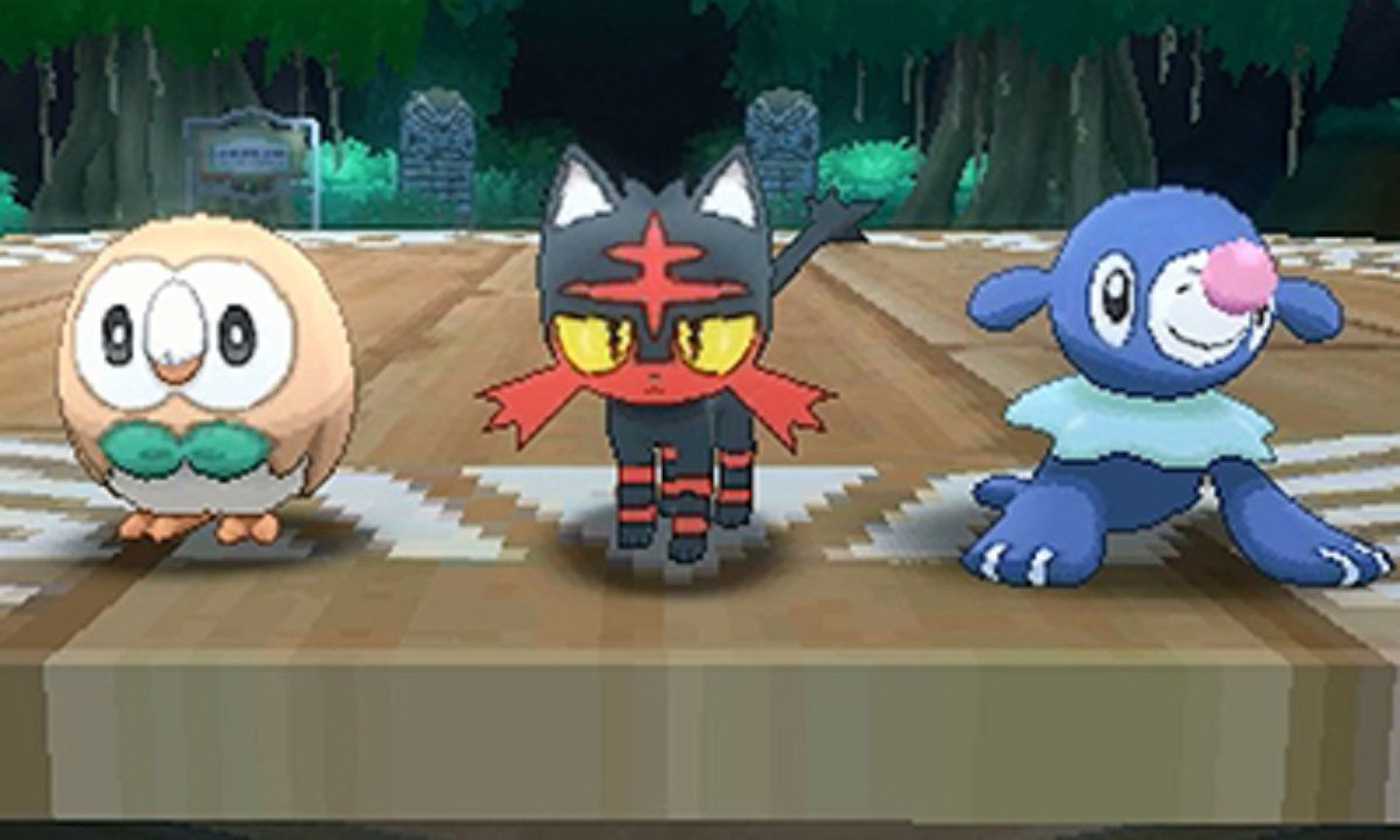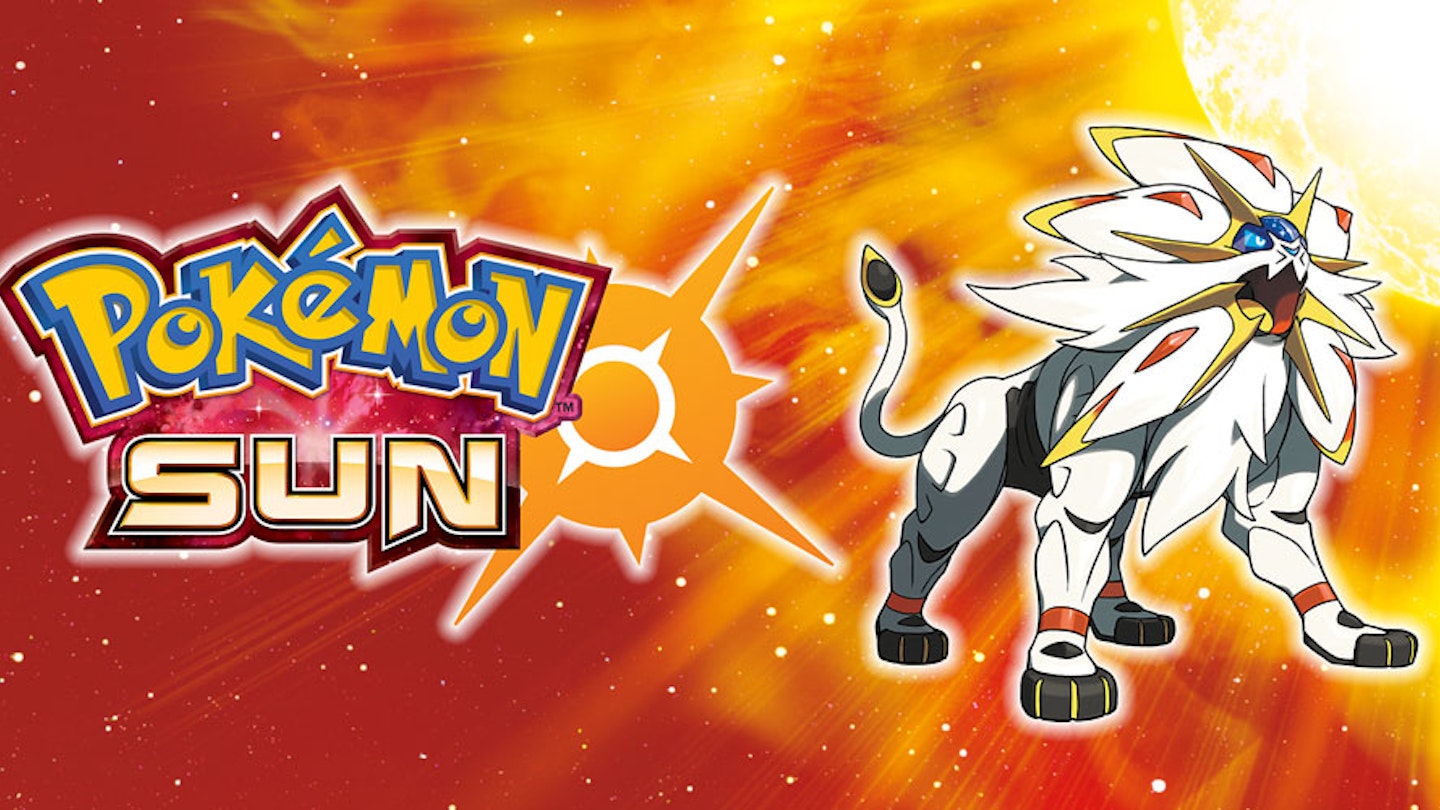Forget what you think you known about Pokémon — Sun and Moon is the shake-up the series has needed for years.
At a glance, it may seem the same granular iteration of every previous new generation instalment. Travel a new region of the Pokémon world (here the four major islands of Alola, heavily inspired by Hawaii), catch a bunch of weird new creatures, and battle your way to being the very best Pokémon Trainer in the world.
Look closer though, and it's clear developer Game Freak has taken a risk, changing the tried and tested (read: boring) progression of past games — eight gym leaders, Elite Four, final battle against the champion who turns out to be your main rival, yawn — for something fresher. It's a gamble that's paid off. Instead of gyms, here you travel around completing Island Challenges, variable plot-driven quests that offer far more variety than simply 'beat a host of other trainers'. On Akala Island, for instance, one challenge sees you playing spot the difference between a trio of Marowak's tribal dance numbers, while another sees you gathering rare ingredients for a campfire meal.

Battling isn't gone entirely, of course. Alongside regular battles against wild Pokémon and other trainers, each Island Challenge is capped off with a clash against new Totem Pokémon — more powerful creatures with amped-up abilities. Complete each Island Challenge and you can enter into a Grand Challenge, a tougher fight with each island's Kahuna.
Each challenge rewards you with a Z-Crystal, which replace gym badges. They're far more useful too, unlocking new super-powered Z-Moves for your Pokémon. There's one for each element, and a few more for specific Pokémon. They also create a massive strategic change in battles — you can only use one per fight, so choosing which one to use and when becomes a tactical consideration.
Sun and Moon's online features also get an overhaul. Multiplayer versus fights return, but are joined by the new Battle Royal mode — four player, winner-takes-all brawls where any player can target any other. The first person to have their team of three Pokémon knocked out loses, with the remaining players ranked 1-3 based on performance. There's no loyalty between players here, no teams, making it far more accessible than the often brutal one-on-one versus modes.

Another significant change is the removal of Hidden Machines, once used to teach Pokémon moves used only to navigate the game world. They're replaced by summonable Ride Pokémon — for instance, instead of loading up your party with one or two Pokémon crammed with moves like Rock Smash and Fly, you'll call on a non-party Tauros or Charizard to fulfil the same purpose. This leaves you free to build a solid team with moves you want them to have, and it's far more fun to charge around on the back of a to-scale Pokémon than just use a field move.
By far the biggest improvement though is, for the first time, you'll actually give a damn about a Pokémon game's story. Supporting cast members have distinct personalities and — whisper it — character development as they weave in and out of your journey, while the plot itself is a shockingly high-concept sci-fantasy blend of Pacific Island-inspired mythology and dimension-warping exploratory physics. It's bonkers but, like everything else about Sun and Moon, rather brilliant.
The games aren't entirely perfect, with a few ideas falling flat. Time shifting each version, so Moon players are seeing 'night' during real world daylight hours makes little difference for instance, and features to customise your avatar don't let you preview changes beforehand, rather frustratingly. A few minor oversights in games of this scale are forgivable though — in every other respect, these are handheld masterpieces.
